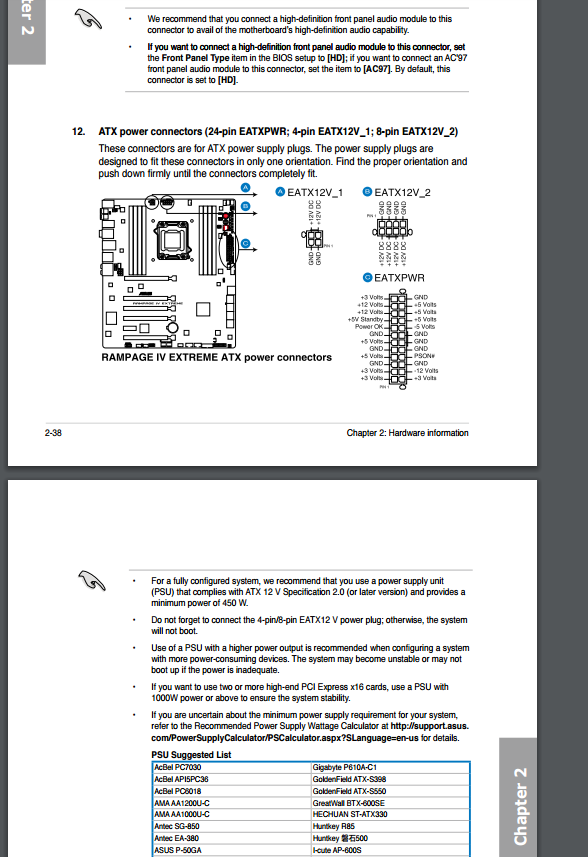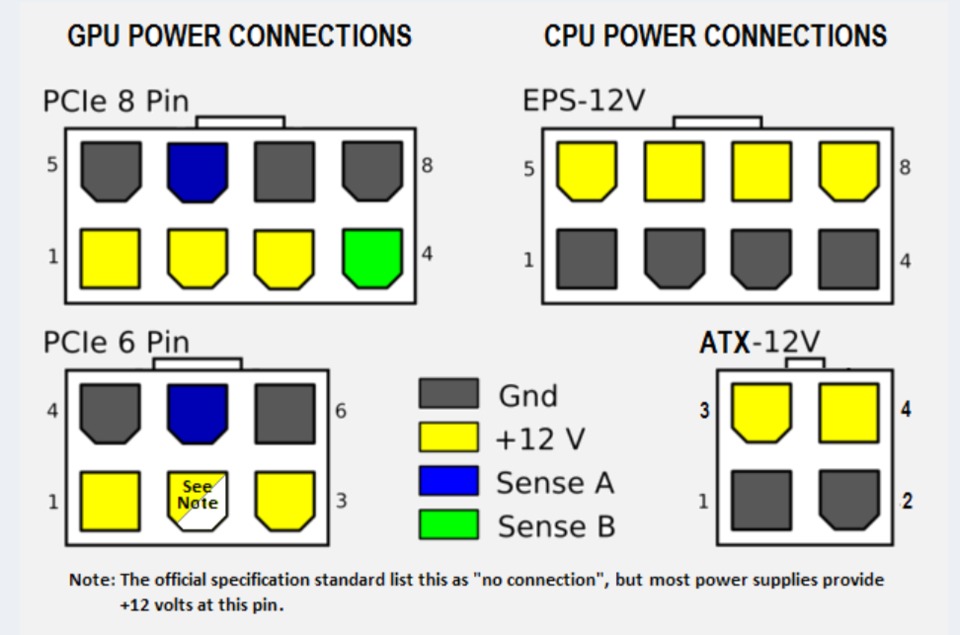@minorinya: Your CPU is what is known as "hot shit" in the trade. A server-grade piece of silicon that not only enables hyper-threading to schedule two tasks on each core (making use of slack in the schedule to do this faster than just doing so one after the other) but, unlike mainstream/consumer CPUs that have four core, you have six cores and so 12 "hardware" threads. Not only that but it also has 4 memory controllers (mainstream i5/i7 users get two of those) so assuming that 32GB of RAM is made up of four 8GB sticks, you'll also be feeding that CPU with a lot more memory bandwidth than anyone with the latest mainstream part (the i7-6700K). Basically you're goig to be set for quite a while as everyone else catches up to the core system you're running with. Right now we're not even seriously expecting the next generation or two of Intel mainstream chips to have more than 4 cores and newer game engines (built for the consoles, which have 8 tiny tablet-grade cores from AMD's low power designs) are being built to take advantage of multiple cores so you should be fine (even if older engines were not so hot on using every core you've got - we're finally getting quite good at scheduling the work for each frame on every core on a system).
However the GTX 760 GPU you've got: that's currently about equivalent to budget-tier mainstream gaming 2015 stuff (no, definitely not the card to just set everything to max in 2016). That's not "server grade" or even enthusiast grade. Trust me, I'm also rocking one (I needed to save a few pennies at the time, when it was new almost 3 years ago then it was an ok, if unremarkable, option for a mainstream GPU) and I'm now feeling the age of the card. Things have moved forward and are about to move forward even more if you wait a couple of months for the next generation of cards to release (nVidia Pascal, AMD Polaris designs - they should be pretty fancy and well beyond what you need to make VR something where you can crank the setting up beyond the GTX970 minimum they're currently targeting).
GTX 760: 192 GB/s VRAM bandwidth; 2,260 GFLOPS (shader) processing power.
GTX 970: 196-224 GB/s; 3,494 GLOPS.
New Polaris "server grade" card: 720 GB/s; 10,600 GFLOPS (and that can go even higher due to new efficiencies in doing lower precision maths faster that the 760 or 970 can do it).
A new card is going to be impressive. No, they're not equivalent as that Polaris GPU listed above is likely only going to be in $1000 consumer models (and later a $600 model?), not the ~$400 models. But something new is coming at that price range the GTX970/980 are currently filling and it looks like it could be pretty interesting. If you're not desperate for VR now; give the GTX 970 a miss (great card, great value; I was almost tempted myself if I hadn't been trying to wait out the die shrink to 16nm). See what you can buy for similar money (or maybe spend an extra $100 if work is good and cash is easy) in a few months when the next generation of cards come out.


Log in to comment